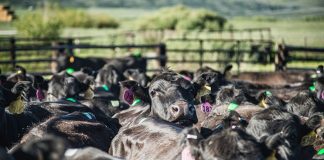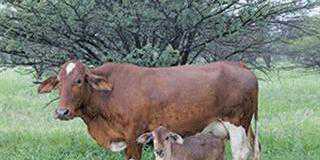Ppreparing food for consumption is basic chemistry. Baking or cooking, however, is an art. Similarly, feeding a cow is an art as well as a science. Silage making has been around since Roman times, but the earliest writing on silage as part of the cow’s diet that I could trace was in a pamphlet dated 1886, Experiments on Ensilage, by Sir JB Lawes and Dr JH Gilbert.
Moisture is an important agent when compacting silage, whether it is grass, maize or any other grain crop. Ideally, moisture content should be about 65%. In the process of silage making, it is vital to exclude oxygen as rapidly as possible to prevent decomposition and promote proper fermentation of the fresh plant material. If it is too dry, compaction will be difficult; if too wet there will be seepage and and undesirable fermentation resulting in poor quality silage.
Silage cutting knives should be sharp enough to slice the material into 20mm lengths. In two recent cases where acceptable silage making practices were not adhered to, the dairy farmers involved suffered substantial losses. In the first, an oats crop in the Cape was ensiled too dry to make productive silage.
In the second, a contractor in the KZN Midlands tried to make silage out of kikuyu that was brown from the many molehills incorporated into it. In both cases there were massive milk production losses. As a Scottish friend of mine once said: “It is hard to be perfect in an imperfect world, but try anyway.”
The advantages of silage:
- It facilitates fodder flow planning.
- It is a relatively inexpensive succulent feed.
- It is suitable for the storage of surplus crop.
- It wastes very little vegetative matter.
- Silage facilitates double cropping.
- Even hail or insect damaged crops can be ensiled.
- Well-made silage can be stored for years without losing its nutritional value.
Malcolm Stewart-Burger founded the Society of Master Dairymen and designed the Maxi Milk System. He is currently a part-time consultant to Nutex Feeds and De Heus.
Contact Malcolm at [email protected]. Please state ‘Milking for profit’ in the subject line of your email.













